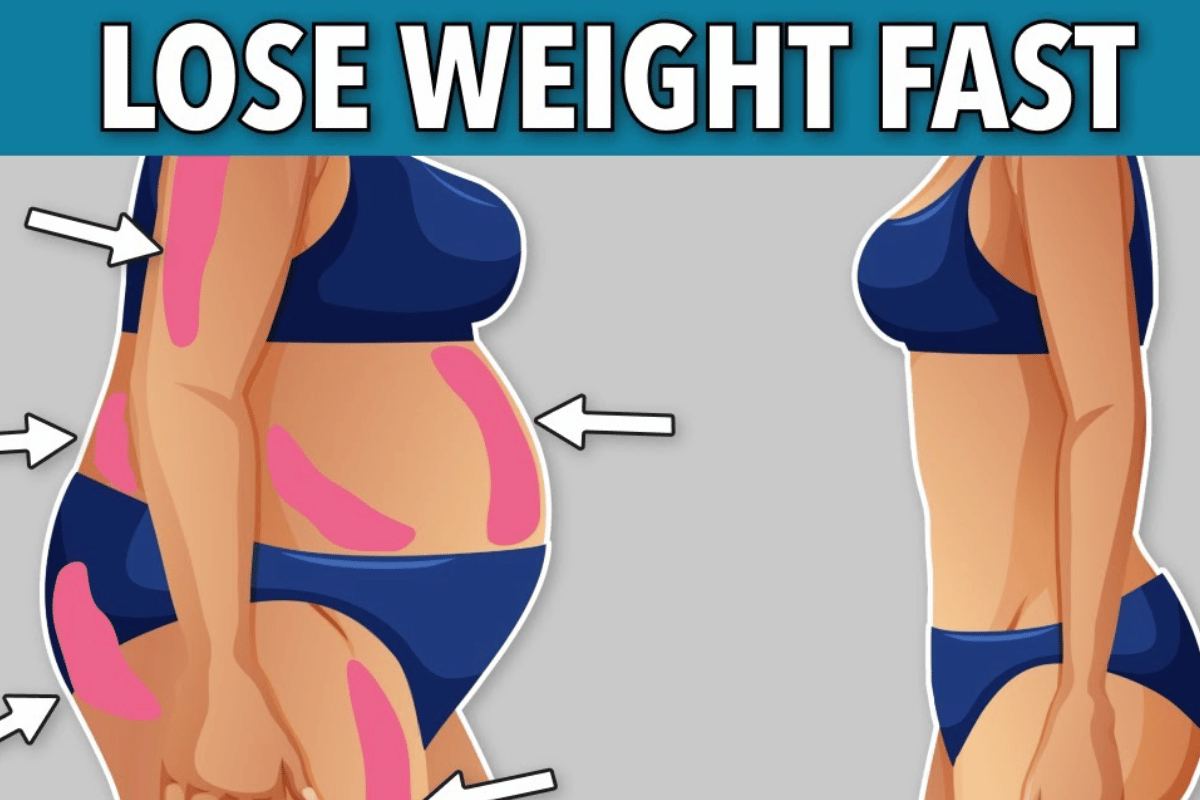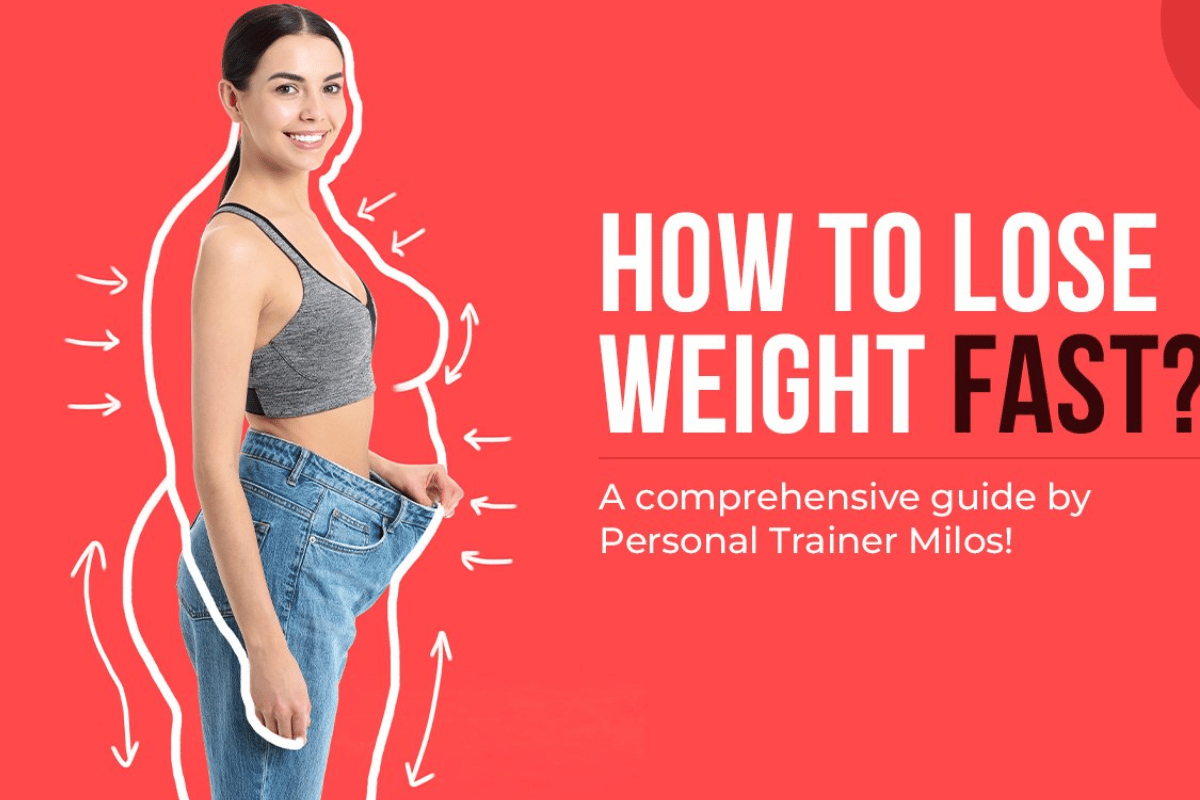As we embrace the new health trends of 2024, how do you fast to lose weight effectively, especially in the aftermath of holiday indulgence, has become a central question. The concept of fasting is not new, yet its surge in popularity as a post-holiday weight loss trend is noteworthy. This period, typically characterized by overindulgence in rich foods and a more sedentary lifestyle, often leads to a collective desire to shed the extra pounds gained. Fasting emerges as a responsive and adaptable solution to this need.
The connection between holiday indulgence and the subsequent need for fasting is grounded in our body’s response to excess. During festive seasons, overeating, particularly of high-calorie, sugar-laden foods, is common. This not only contributes to weight gain but can also disrupt our regular metabolic processes and eating patterns. As a reset mechanism, fasting offers a way to cleanse the body, kickstart metabolism, and promote a more mindful approach to eating habits post-holidays.
Fasting, in this context, is not just about abstaining from food; it’s a strategic approach to rekindle a healthier relationship with food and our bodies. By incorporating this practice wisely and effectively, individuals can embark on their weight loss journey while aligning with the broader health trends of 2024, which emphasize holistic well-being and sustainable lifestyle changes. This introduction sets the stage for a deeper exploration into the dynamics of fasting, its types, benefits, and the best practices for integrating it into our lives post-holiday season.

how do you fast to lose weight
Understanding Fasting: Basics and Benefits
To comprehend the essence of fasting and how it contributes to weight loss, it’s crucial to explore the fundamental question: how do you fast to lose weight effectively? Fasting, at its core, is the voluntary abstinence from food for a specific period. This practice shifts your body’s energy source from sugars to stored fats, a process that can lead to weight loss and improved metabolic health.
The basics of fasting hinge on its ability to create a caloric deficit, essential for weight loss. When you fast, your body, in the absence of immediate caloric intake, turns to stored fat for energy. This process not only aids in shedding pounds but also improves insulin sensitivity, a vital factor in maintaining a healthy weight. Renowned health experts, like Dr. Jason Fung, a leading voice in the field of intermittent fasting and its role in weight loss, emphasize the importance of understanding the hormonal and metabolic changes fasting induces. According to Dr. Fung, “Fasting is a more natural, more effective, and more efficient way of attaining weight loss, not through calorie counting, but by recalibrating our hormonal thermostat.”
The health benefits of fasting extend beyond mere weight loss. It has been linked to improved heart health, brain function, and even longevity. Studies suggest that fasting can reduce the risk of chronic diseases such as type 2 diabetes, heart disease, and certain cancers. Fasting also promotes autophagy, the body’s way of cleaning out damaged cells, which can lead to a healthier, more resilient body.
In summary, understanding the principles of fasting and recognizing its multitude of health benefits is pivotal in effectively employing this method for weight loss. By focusing on the hormonal and metabolic shifts fasting brings, rather than just the caloric reduction, individuals can achieve sustainable weight loss and overall health improvements. This knowledge serves as a foundation for exploring various fasting methods and finding the one that aligns best with individual needs and lifestyle choices.
Types of Fasting: Choosing Your Best Fit
When considering how do you fast to lose weight, it’s essential to understand that not all fasting methods are created equal. The key is to choose the type of fasting that aligns with your lifestyle, health goals, and body’s needs. Among the various methods, two popular and effective approaches stand out: Intermittent Fasting and Whole-day Fasting.
Intermittent Fasting (IF) has gained substantial attention for its flexibility and effectiveness. The 16/8 method, where you fast for 16 hours and eat within an 8-hour window, is particularly popular. This method is praised for its simplicity and adaptability to everyday life. Another variant, the 5:2 approach, involves eating normally for five days of the week and reducing calorie intake to about 500-600 calories for the other two non-consecutive days. This approach is ideal for those who find daily fasting challenging and prefer a less frequent schedule.
Whole-day Fasting, on the other hand, involves going without food for a full 24 hours, one or two times a week. This can be a more intense form of fasting, but it allows for a complete digestive rest. Alternate-day fasting is another whole-day method, where fasting is done every other day, either by complete abstinence from food or by significantly reducing calorie intake.
Choosing the right fasting method depends on individual preferences, health conditions, and lifestyle factors. For instance, people with certain medical conditions or those who are new to fasting might find the 16/8 method more manageable than whole-day fasting. It’s also crucial to listen to your body and adjust the fasting method as needed.
Each fasting method has its unique benefits and challenges. While Intermittent Fasting can be more approachable and sustainable, Whole-day Fasting might offer quicker results and a more profound detoxifying effect. Understanding these differences is key to successfully implementing fasting as a weight loss and health strategy. As with any dietary change, it is advisable to consult with a healthcare professional before starting a fasting regimen, particularly for individuals with pre-existing health conditions.

how do you fast to lose weight
How to Fast Safely After the Holidays
Embarking on a fasting journey, especially after the holiday season, requires careful consideration and preparation. Understanding how do you fast to lose weight safely is crucial to ensure that the fasting experience is beneficial and not detrimental to your health.
Preparing your body for a fasting regimen is the first step. Start by gradually reducing your intake of processed foods, sugars, and high-calorie meals a few days before you begin fasting. This transition can help mitigate potential side effects like headaches or extreme hunger. Incorporating more whole foods, such as fruits, vegetables, lean proteins, and whole grains, prepares your body for the change and makes the fasting period more manageable.
Managing potential health risks and side effects is equally important. Fasting, particularly for beginners or those with specific health conditions, can pose challenges. Common side effects include dizziness, fatigue, and irritability. To minimize these, stay well-hydrated and consider supplementing with electrolytes if engaging in longer fasting periods. Listen to your body’s signals; if you feel unusually weak or ill, it’s important to break the fast and consult a healthcare professional.
It’s vital to understand that fasting isn’t suitable for everyone. Pregnant or breastfeeding women, individuals with a history of eating disorders, and those with certain medical conditions should not fast without medical guidance. Dr. Michael Mosley, a proponent of the 5:2 fasting diet, advises, “Fasting is a powerful tool for weight loss, but it must be done sensibly and with an understanding of one’s individual health needs.”
Remember, the goal of fasting is not just weight loss but also promoting overall health and well-being. By preparing adequately and being mindful of the body’s responses, fasting can be a safe and effective way to lose weight and reset your body after the indulgence of the holiday season.
Nutrition and Fasting: What to Eat and Avoid
A critical aspect of understanding how do you fast to lose weight involves knowing what to eat before and after fasting periods. The emphasis on nutrition is not just about maintaining a calorie deficit, but also ensuring your body receives the necessary nutrients to function optimally.
Importance of Nutritional Balance During Fasting
During fasting, your body undergoes several physiological changes, making it imperative to focus on nutritional balance. Before starting a fasting cycle, consuming a meal rich in fiber, healthy fats, and protein can help sustain energy levels. Foods like lean meats, fish, legumes, nuts, seeds, and vegetables are excellent choices. This balanced approach helps in stabilizing blood sugar levels and managing hunger pangs during the fasting period.
Recommended Foods for Pre and Post-Fasting Periods
Post-fasting, it is essential to reintroduce foods in a way that doesn’t shock your digestive system. Begin with light meals or snacks that are easy to digest. Hydrating foods like fruits and vegetables, along with soups and smoothies, are ideal. Gradually include more substantial foods, focusing on the same principles of balance and nutrition.
It’s crucial to avoid overeating after fasting, as this can negate the benefits of the fast. Overindulgence, especially in high-sugar or fatty foods, can lead to discomfort and may cause rapid spikes in blood sugar levels, undoing the positive metabolic changes achieved through fasting.
Incorporating a variety of foods and paying attention to portion sizes ensures that your body gets the necessary nutrients. It also prevents the common pitfall of compensatory eating, which can occur after periods of fasting.
Remember, fasting is not just about abstaining from food; it’s about fostering a healthier relationship with food and understanding the role it plays in your overall well-being. By focusing on nutritionally rich foods and mindful eating practices, fasting can be a transformative tool that supports both weight loss and long-term health.

how do you fast to lose weight
Integrating Fasting with 2024’s Health Trends
In 2024, the health and wellness landscape is continually evolving, with new trends emerging that complement the practice of fasting. Understanding how do you fast to lose weight effectively is no longer just about the fasting technique itself but also about how it integrates with these emerging health trends.
Combining Fasting with Popular Fitness and Diet Trends of 2024
Fasting can be harmoniously blended with various fitness and dietary trends. For instance, coupling intermittent fasting with high-intensity interval training (HIIT) can maximize fat loss and improve cardiovascular health. Similarly, aligning fasting periods with a plant-based diet can enhance the benefits of both practices, offering a comprehensive approach to wellness.
Adopting a holistic view, where fasting is a part of a larger lifestyle change, aligns perfectly with 2024’s focus on overall well-being rather than just weight loss. This approach emphasizes the importance of mental and emotional health, in addition to physical fitness.
Using Technology and Apps to Enhance the Fasting Experience
Technology also plays a pivotal role in this integration. The use of apps for tracking fasting periods, monitoring nutritional intake, and providing reminders can make the process more manageable and effective. These tools offer personalized insights and data-driven guidance, making fasting a more informed and tailored experience.
Wearable technology, like fitness trackers and smartwatches, can also aid in monitoring the body’s response to fasting. These devices can track metrics such as heart rate, sleep patterns, and activity levels, providing a comprehensive view of how fasting is affecting your overall health.
In conclusion, integrating fasting with the latest health trends and technological advancements of 2024 can enhance its effectiveness and sustainability. By embracing these trends, individuals can create a well-rounded and personalized approach to fasting, making it more than just a method to lose weight but a lifestyle choice that promotes overall well-being.
Fasting and Mental Well-being
While exploring how do you fast to lose weight, it’s important to consider not only the physical but also the psychological impacts of fasting. Mental well-being is a crucial component of successful fasting and overall health.
Psychological Impacts of Fasting
Fasting can be a mentally and emotionally challenging experience, especially during the initial stages. Feelings of hunger, cravings, and mood fluctuations are common. However, with time, many individuals report a heightened sense of mental clarity and emotional resilience. The process of overcoming the initial discomfort can also lead to a strengthened sense of self-discipline and accomplishment.
Mindfulness during fasting is key. Being present and aware of the body’s signals and responses can foster a deeper connection with oneself. This awareness helps in differentiating between physical hunger and emotional eating, contributing to healthier eating behaviors long-term.
Tips for Maintaining Motivation and Mental Health
- Set Realistic Goals: Start with shorter fasting periods and gradually increase the duration. This approach helps in adapting both physically and mentally to the changes.
- Seek Support: Joining fasting groups or forums can provide encouragement and valuable insights. Sharing experiences and challenges with others who are on a similar journey can be incredibly motivating.
- Focus on Holistic Health: Incorporate practices like meditation, yoga, or journaling to support mental health during fasting. These activities can reduce stress and improve mood, making the fasting experience more positive.
- Celebrate Small Victories: Acknowledge and celebrate each milestone in your fasting journey. This positive reinforcement can boost morale and encourage adherence to fasting routines.
By considering the psychological aspects of fasting, individuals can ensure a more balanced and holistic approach to weight loss. It’s not just about the physical transformation, but also about developing a healthier, more mindful relationship with food and oneself. This mental shift is essential for long-term success in weight management and overall well-being.

how do you fast to lose weight
Conclusion: Fasting as a Sustainable Weight Management Tool
In conclusion, when addressing the question, how do you fast to lose weight, it’s evident that fasting is more than just a temporary solution; it’s a sustainable weight management tool. The journey of fasting, properly integrated with balanced nutrition, physical activity, and mindfulness, aligns with the evolving health trends of 2024, offering a comprehensive approach to wellness.
Fasting is not a one-size-fits-all solution, but its various methods provide flexibility to cater to different lifestyles and preferences. By understanding and respecting the body’s needs, individuals can use fasting as an effective tool for not only losing weight but also enhancing overall health. The key is to approach fasting with a mindset of care and awareness, ensuring it contributes positively to long-term health goals.
Looking ahead, the future of fasting in health and wellness appears promising. As more individuals seek sustainable and holistic approaches to weight management, fasting stands out for its simplicity, adaptability, and profound benefits. Embracing fasting within the context of a balanced lifestyle can lead to lasting health improvements, echoing the ethos of health trends in 2024 and beyond.
In summary, fasting, when done correctly and safely, can be an empowering way to regain control over one’s health and well-being, reflecting a deeper understanding of the body’s incredible capabilities and the importance of nurturing it with respect and mindfulness.
how do you fast to lose weight